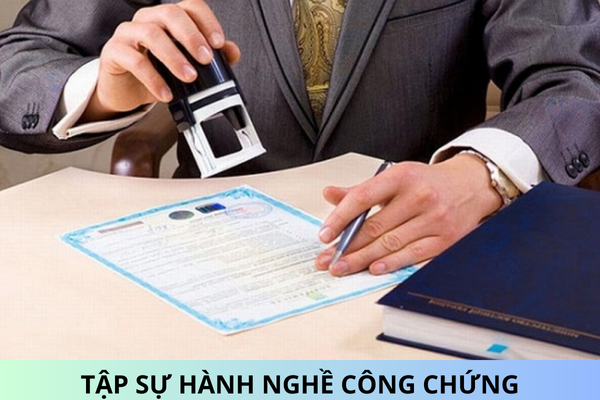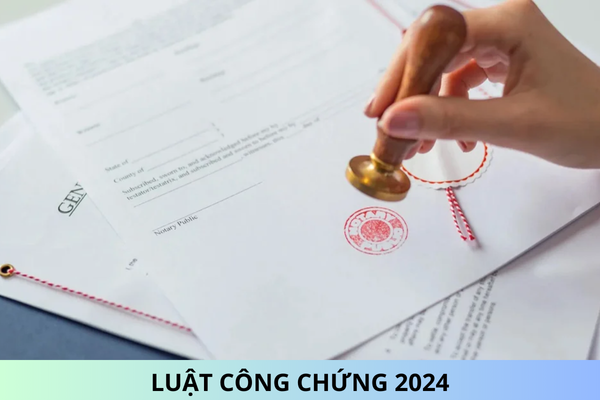When Notarizing, Which Finger Should Be Used for Fingerprinting?
Based on Clause 2, Article 48 of the Law on Notarization 2014, it is stipulated:
Fingerprinting is used instead of signing in cases where the requester for notarization, the witness, or the interpreter is unable to sign due to disability or illiteracy. When fingerprinting, the requester for notarization, the witness, or the interpreter uses the right index finger; if the right index finger cannot be used for fingerprinting, then the left index finger is used; in the event both index fingers cannot be used for fingerprinting, another finger will be used and it must be specified which finger and from which hand was used for fingerprinting.
According to this regulation, in cases where fingerprinting is used instead of signing, the requester for notarization, the witness, or the interpreter uses the right index finger. If the right index finger cannot be used for fingerprinting, then the left index finger is used; in the event both index fingers cannot be used for fingerprinting, another finger will be used and it must be specified which finger and from which hand was used for fingerprinting.
Thus, the right index finger is mandatory for fingerprinting in notarization. If the right index finger cannot be used, the priority order is the left index finger. If neither of these fingers can be used for fingerprinting, the remaining fingers may be used (it must be specified which finger and from which hand was used for fingerprinting).
Sincerely!










